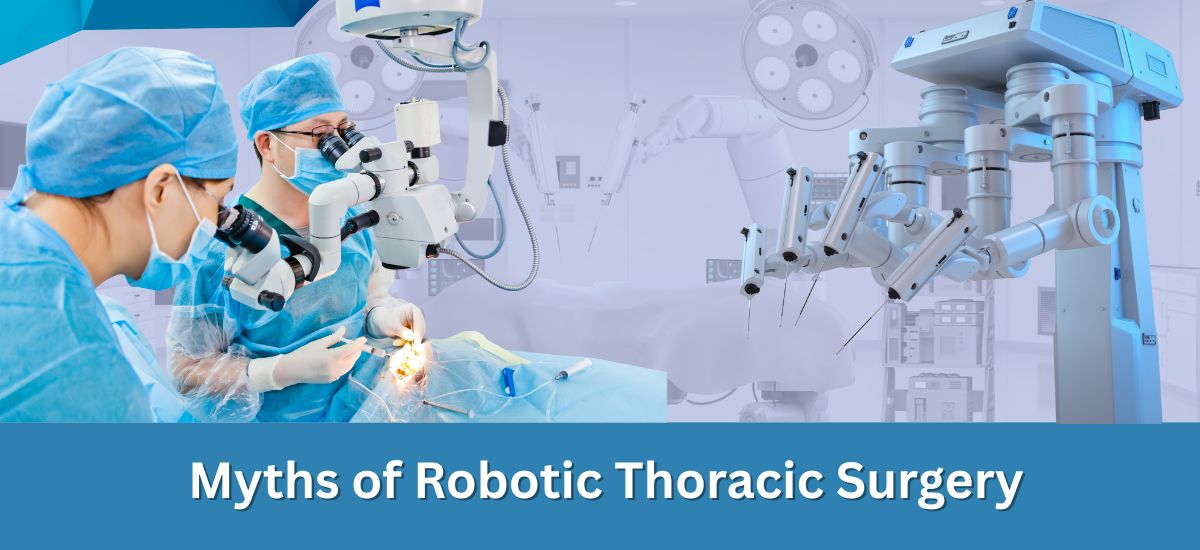- Have any questions?
- 085913 90567
- drgeorgechestdiseases@gmail.com
Myths of Robotic Thoracic Surgery: Debunking Common Misconceptions

The Role of Biomarkers in Lung Cancer: From Detection to Personalized Therapy
October 16, 2025Thoracic surgery — encompassing operations on the lungs, esophagus, chest wall, mediastinum, and diaphragm — has long been a domain of major open procedures with significant recovery burdens. Over the decades, minimally invasive approaches such as VATS (video‑assisted thoracoscopic surgery) and now robotic techniques have reshaped the landscape, offering patients smaller incisions, reduced pain, and faster return to daily life. Yet despite these advances, many patients and even some healthcare providers remain hesitant about robotic thoracic surgery — often due to myths, misinformation, or outdated impressions.
“Precision is the promise, and in skilled hands it becomes reality,” notes Dr. George Karimundackal, a highly regarded thoracic surgeon in Mumbai. He has overseen more than 1,000 minimally invasive and robotic thoracic procedures. Dr. Karimundackal affirms that robotic platforms are not mere gadgets — they’re tools that extend the surgeon’s vision and control.
In this article, we’ll confront the robotic thoracic surgery myths head‑on, exposing what’s fact, what’s fiction, and why modern patients should be informed when making surgical decisions.
Myth #1 — Robotic Thoracic Surgery is Too Complicated and Unreliable
→ Let’s untangle the misconception first.
Many people assume robotic thoracic surgery is inherently so complex that it must be unreliable or prone to mishaps. That’s not true.
In fact, robotic systems have matured over the years with redundancy, safety checks, and robust surgeon interfaces. Surgeons who are well trained in robotic techniques report excellent control, stability, and repeatability of motion — often surpassing human hands in fine precision. The robotic arms reduce tremor, scale motion, and allow articulation in tight chest cavities that human wrists cannot match.
It’s fair to say that at first glance, a robotic system looks intricate, but in the hands of an expert, it becomes an extension of surgical intuition. The reliability is not in the machine alone — it’s a union of human skill and device engineering working together.
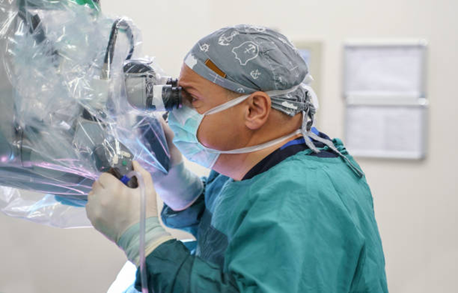
Is robotic surgery just for extreme cases? Let’s see why it suits many thoracic conditions.
Myth #2 — Robotic Surgery is Only for Highly Complex Cases
Some believe robotic thoracic surgery is only justified in the most complex tumors or re‑operations. But that’s too narrow a view.
In reality, robotic surgery is extremely applicable for routine thoracic procedures: lobectomy, segmentectomy, thymectomy, mediastinal mass resections, and even selected esophagectomies. Its advantages — improved visualization, fine dissection in confined spaces, less trauma to tissues — make it valuable even for “standard” lung cancer surgeries or benign lung nodules.
Indeed, many surgeons now prefer robotic approaches for early-stage lung cancers because of better preservation of healthy tissue, lower complication rates, and ergonomic benefits for the surgeon. It is not reserved only for the “hard cases” — it’s increasingly becoming the standard of care where resources and expertise exist.
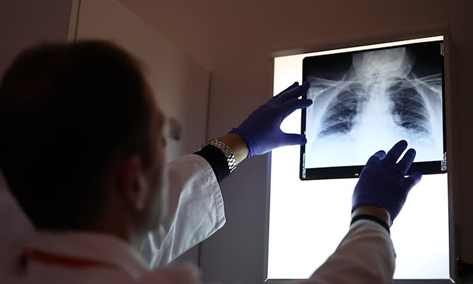
Worried robotic surgery is still experimental? Let’s look at the safety record and facts.
Myth #3 — Robotic Surgery is Not Safe and Too Experimental
→ This one’s perhaps the scariest myth for patients.
Some worry that robotic thoracic surgery is experimental, unproven, or not as safe as traditional open approaches. That stems from early eras when robotic tools were novel and data was limited.
However, accumulating evidence supports that robotic thoracic surgery is safe and effective when performed by experienced teams. Numerous studies show comparable or even lower complication rates, reduced blood loss, and fewer conversions to open surgery when minimally invasive surgery is appropriate. Surgeons use safety checks, patient monitoring, and conversion protocols at all times. The robotic platform also includes built‑in safeguards, instrument collision avoidance, and backup human control.
In short, it’s no longer experimental — it’s part of the standard realm of minimally invasive thoracic surgery in advanced centers.
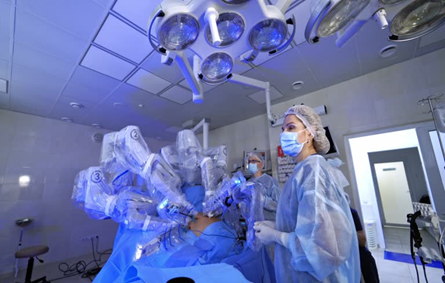
Modern robotic techniques are safer than most people think. Connect with a qualified professional to learn about the safety protocols.
Contact NowThink recovery takes just as long? Let’s explore how it’s actually much quicker.
Myth #4 — Robotic Surgery Recovery Time is Just as Long as Traditional Surgery
A widespread myth is that although the approach is “minimally invasive,” recovery is just as long as with open thoracotomy. That’s misleading.
Because robotic thoracic surgery uses small ports, involves less muscle splitting, and allows for more precise dissection, patients often experience less pain, fewer pulmonary complications, and greater preservation of function. This generally means shorter hospital stays, faster mobilization, and quicker return to normal life. Many patients are up and walking within a day or two, with chest tube removal sooner, and back to baseline in weeks rather than months.
Of course, recovery does depend on the underlying condition, patient health, and complexity. But comparing apples to apples, robotic surgery often shortens recovery time compared to open approaches.
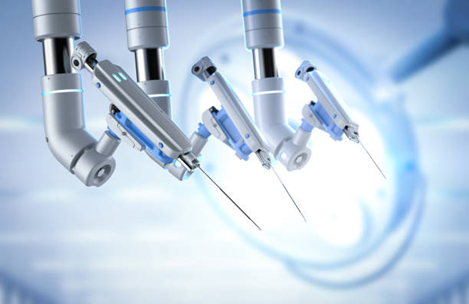
Concerned about cost or robotic thoracic surgery insurance coverage? Let’s discuss the expenses further.
Myth #5 — Robotic Thoracic Surgery is Expensive and Not Covered by Insurance
→ This one strikes many patients’ concerns hard.
Yes, the capital cost of robotic systems is high, and many believe that robotic surgery will always be more expensive (or that insurance will refuse coverage). But that’s an oversimplification.
In practice, many hospitals now treat robotic thoracic surgery as a standard surgical option. Insurers often reimburse it under the same DRG or surgical code as an open or VATS procedure, provided documentation justifies its use. Also, because robotic surgery may lead to shorter hospital stays, fewer complications, and faster recovery, the total cost of care can sometimes be lower or at least comparable to open surgery in complex patients.
In India, especially, as robotic thoracic surgery becomes more established, many private and corporate insurers are increasingly accepting coverage under relevant surgical packages. It’s essential to get preauthorization and clarify policy terms.
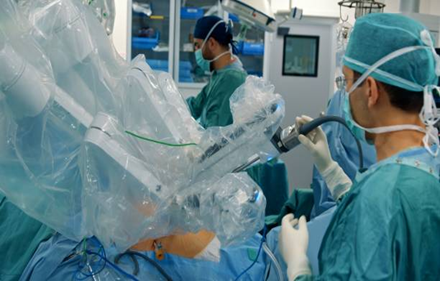
Wondering what sets robotic surgery apart? Let’s explore the key benefits that matter.
Why Choose Robotic Thoracic Surgery?
After dispelling myths, it’s worth summarizing the benefits of robotic surgery in thoracic contexts:
After dispelling myths, it’s worth summarizing the benefits of robotic surgery in thoracic contexts:
- Superior visualization and magnification:
3D, high‑definition camera gives clear views deep in lung fissures, hilum, and mediastinum.
- Greater dexterity in tight spaces:
Robotic instruments articulate like a wrist, enabling precise dissection in narrow corridors.
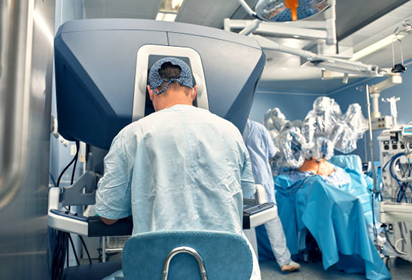
- Less tissue trauma:
Accurate movements, minimal collateral injury, and minimal instrument collisions reduce soft tissue damage.
- Reduced blood loss:
More delicate control means fewer vascular injuries and lower transfusion rates.
- Lower postoperative pain and faster recovery:
Smaller incisions, less muscle disruption, earlier mobilization, and shorter hospital stay.
- Better long‑term outcomes in selected patients:
Earlier return to function, fewer complications, and better quality of life.
- Surgeon ergonomic benefit:
Reduced fatigue, more stable vision, and smoother instrument control can improve consistency across cases.
Furthermore, robotic thoracic surgery fits well under the umbrella of minimally invasive lung surgery, bridging the gap between VATS and open techniques in many settings.
Conclusion
Robotic thoracic surgery is not just a flashy idea — it’s a refined, mature, and patient‑centered approach that can transform care when done thoughtfully. The myths of robotic thoracic surgery — that it’s overly complex, experimental, reserved for extreme cases, equally long in recovery, or unaffordable — fade under scrutiny.
With advances in technology, broadening insurance acceptance, and growing surgeon expertise, robotic thoracic surgery is poised to become a standard in many thoracic practices. If you’re facing a lung or mediastinal procedure, don’t let myths hold you back. Speak with a specialized thoracic surgeon like Dr. George Karimundackal and explore whether robotic surgery may offer you better outcomes, less pain, and a quicker return to life.
Don’t let outdated myths keep you from making an informed decision. Get in touch with a trusted specialist to explore your best next step.
Contact NowFAQs
Success rates are comparable to or better than traditional approaches when performed by experienced surgeons, with low conversion rates, reduced complications, and high patient satisfaction.
It depends on factors like tumor size, location, your lung function, comorbidities, and the surgeon’s experience. A detailed evaluation can determine appropriateness.
Many patients are discharged within 3–5 days and resume normal activities within weeks, faster than recovery times after open surgery.
Yes — numerous studies validate its safety when performed by trained teams. Conversion to open surgery remains a backup if needed.
No — in experienced hands, complication rates are often lower or similar to conventional surgery.
Reference links:
https://www.lung.org/lung-health-diseases/lung-procedures-and-tests/robotic-thoracic-surgery
https://www.lung.org/blog/robotic-assisted-thoracic-surgery
Disclaimer: The information shared in this content is for educational purposes and not for promotional use.

